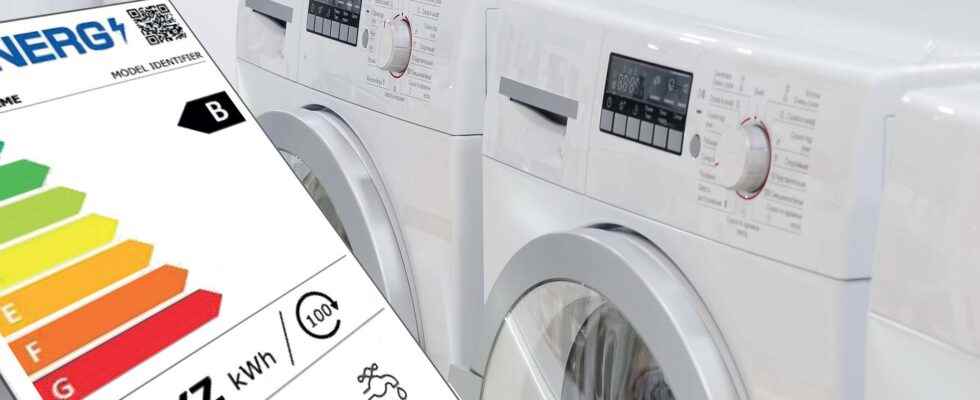Since the appearance in 1995 of the energy label, washing machines, dryers, televisions … have been consuming less and less energy. After a first revision in 2011, the European Union implemented a new version of the energy label which saw the light of day on 1er March 2021. Brief update on this new edition.
You will also be interested
[EN VIDÉO] Energy: the world of 2030 in 10 figures Transport, oil, renewable energies, access to electricity… What will the energy world look like in 2030? Here is the video answer.
Between evolving regulations and ever more efficient equipment, the current label energy European Union no longer fulfilled its role. Hence the need to review the different energy classes.
A revision of the energy classification to consume less
In order to inform consumers, the first energy label included seven categories classified on a scale from A to G, or at least to the most energy-intensive. Over the years, to categorize equipment that has become more and more economical, a second version of this label has integrated the A +, A ++, A +++ classes and saw its classification modified from A +++ to D.
With progress helping, these categories have become less clear and less effective today. To gain in readability and efficiency, theEuropean Union has rethought this classification by adopting again a scale going from A to G. More drastic, the regulations linked to this new label aim, by 2030, to reduce 46 million tonnes of CO2 and savings of 167 TWh / year.
Give full information
Thus, in general, the new energy labels incorporate in addition to theenergetic efficiency equipment:
- the characteristics specific to each device;
- a QR code which gives access to the information on the label and to that of the product information sheet (EPREL data).
One energy label per device
In order to meet their characteristics, each family of equipment has its own energy label.
Fridge, freezer, wine cellar
For household appliances producing cold, the new energy efficiency classification represents a saving of 20%. The 2021 energy label includes new icons corresponding to volume compartments for highly perishable and unfrozen foodstuffs and for emissions noise.
For the washing machine, the new label is very complete. It abandons the electrical estimate per year in favor of a calculation of electrical consumption for 100 cycles. It also indicates: the nominal capacity of the “Eco 40-60” program, the duration of the “Eco 40-60” program and the weighted water consumption per cycle. Noise level, the indications relate to noise emissions during the spinning phase only and indication of the noise emission class.
As with washing machines, the energy label for dishwashers adopts the new calculation method for 100 cycles, the weighted water consumption (per liter) of the eco program.
The new label for televisions and screens abandons the notion of power and the presence of a switch. The indications relate to the energy consumption for 1,000 hours of operation in SDR mode and HDR as well as on the horizontal and vertical number of pixels.
If the label does not include new data (apart from the QR Code), it is not the same for the packaging. In fact, in addition to the energy label, the latter includes all the information necessary to choose a suitable bulb:
- index of color (IRC);
- lifetime ;
- power in watts ;
- compatibility with a drive;
- beam angle;
- type of power supply;
- outdoor / indoor use;
- color temperature (in kelvin);
- luminous flux (in lumens).
What you must remember
- Other products will benefit in the short term from this new energy label.
- The new energy label allows more and more efficient equipment to be classified more accurately.
- Light bulbs will benefit from this new energy label from 1er September 2021.
Interested in what you just read?
.
fs9
